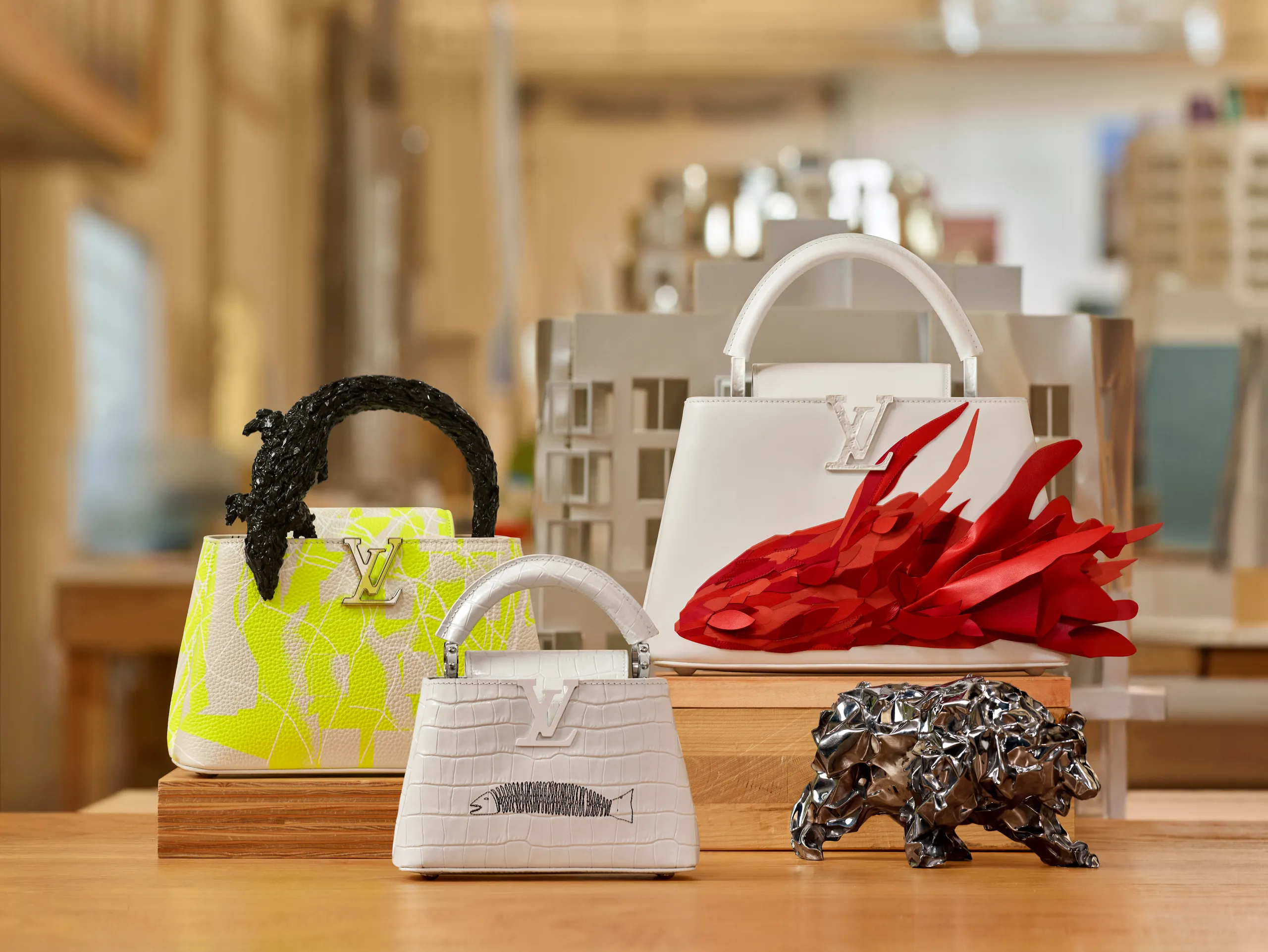From Waitlist to Wardrobe: How the Birkin Bag Lost Its Rules and Found Relevance

From Waitlist to Wardrobe: How the Birkin Bag Lost Its Rules and Found Relevance
Thea Elle
June 17, 2025
The Birkin wasn’t just a bag—it was a test. To get one, you needed connections, compliance, and deep pockets. If you walked into a HERMÈS boutique asking for a Birkin, you were already doing it wrong. The system was designed to reward those who already belonged.
That mystique worked for decades. It was fashion’s ultimate inside joke. Jane Birkin herself thought the bag was excessive, yet it became the standard by which taste and status were measured. The waiting list became part of the appeal. To own a Birkin was to win a game only a few even knew how to play.
But that was then. In 2025, the game has changed. And ironically, the bag that once represented ultimate exclusivity is now more visible, more versatile, and more replicated than ever. It’s not just carried—it’s quoted.

The Internet Dismantled the Gate
The Birkin thrived in a pre-digital era. Its value came from being seen rarely. But the social media age flipped that script. TikTok didn’t just document luxury; it democratized it. Gen Z influencers began showcasing replicas as confidently as red-carpet stars once flaunted the real thing.
Suddenly, the rules of luxury felt outdated. Why wait five years for a bag when you can get one—visually identical—delivered next week? On camera, in mirror selfies, and in real life, no one could tell the difference. More importantly, no one cared to. Style had moved on from snobbery.
The exclusivity that once gave the Birkin its edge now works against it. Who wants to be gatekept when they can just opt out and still win the aesthetic game?

Replica Doesn’t Mean Lesser—It Means Liberation
The rise of high-end replicas isn’t a fashion fluke. It’s a cultural shift. Consumers today don’t chase labels—they chase language, context, and relevance. A replica Birkinisn’t a counterfeit aspiration. It’s a strategic style move.
With replicas, the bag becomes art. A statement. Even a satire. Especially when it’s neon pink, crocodile embossed, and paired with sneakers and a hoodie. There’s something rebellious about that styling—like painting graffiti on a palace.
The fact that it’s not real is part of the power. It speaks to knowingness. Irony. Agency. The Birkin is no longer just a bag; it’s a layered reference—and the replica is its remix.

The BIRKIN No Longer Belongs to HERMÈS
Here’s the twist: HERMÈS doesn’t control the Birkin narrative anymore. Culture does. Streetwear does. Instagram does. Replica artisans do.
When the fashion house prioritized scarcity, it underestimated what people wanted: participation, not privilege. And once the door was closed, shoppers found a way around it. Now, entire communities celebrate replicas not as counterfeits but as counter-narratives.
And there’s beauty in that. The Birkin—once a symbol of exclusion—has become a canvas for self-expression.

The Future Is Replica-Friendly
Luxury houses like HERMÈS can try to tighten the reins. But it’s too late. The Birkin has already evolved beyond their grip. In fact, it’s thriving precisely because it no longer needs their permission.
This isn’t just a fashion moment—it’s a social one. A cultural one. Replica Birkins mark the collapse of top-down fashion. They represent fashion on your terms, for your audience, in your voice.
Whether you carry one for irony, aspiration, or pure admiration, one thing is certain: the bag’s relevance no longer hinges on authenticity. It hinges on attitude.
The Bag Is Yours Now
From waitlists to weekend buys, the Birkin has gone through a metamorphosis. It has shifted from a boutique-gated prize to an accessible idea—one that anyone can wear, reinterpret, and own.
And in a world where style moves faster than scarcity can keep up, the Birkin’s true power lies not in leather and stitching, but in its myth. Whether yours is real, repurposed, or replicated, the story it tells now is yours to write.
















